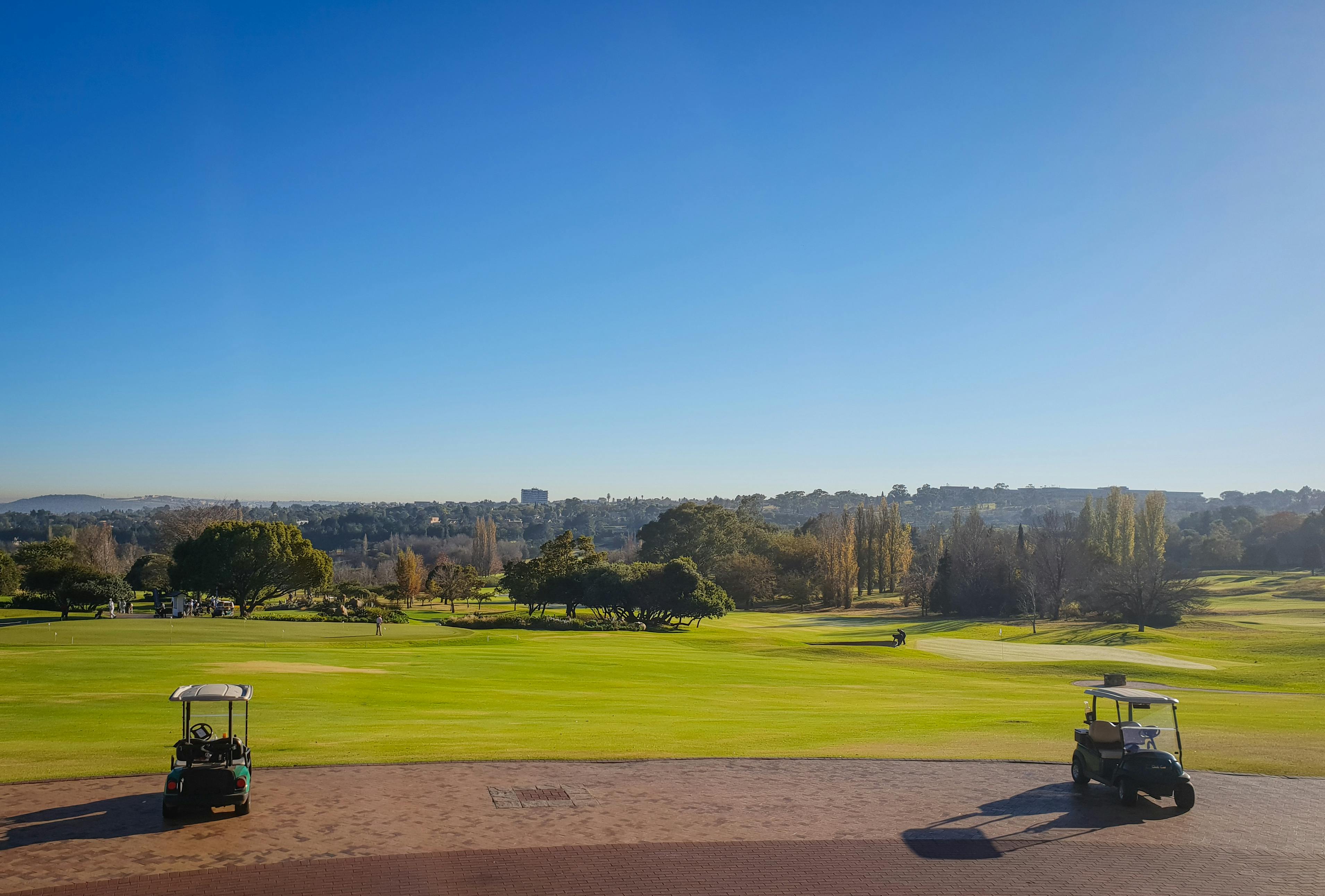Although bluestone’s dense and hard characteristics make it a very popular choice for both interior and exterior paving projects, it is a stone prone to developing stains over time. This can have a very detrimental effect on the appearance of your stone, especially if the stains are left for long periods of time to fester and take root further into the surface of the bluestone pavers. Use this guide to help you remove stains as soon as you see them.
Cleaning
You should always start by giving your bluestone pavers a good cleaning; You never know when this simple method will actually succeed in removing that pesky blemish. Use a neutral cleaner specially designed for natural stone (better if it has been designed for blue stone), a special soap for stone or a mild liquid detergent (the kind used to wash dishes). Add this to a bucket of warm water and use a mop or soft cloth to apply the solution to the pavers.
Stain remover
If simple cleaning wasn’t effective in removing the stains your bluestone has developed, one of these methods should be able to do the trick.
- Organic: These are pinkish-brown stains caused by coffee, fruit, and leaves left on the surface of the bluestone. On exterior surfaces, simply remove the offending material and allow the sun to bleach the stain. On interior surfaces, use a solution made up of water, a few drops of ammonia, and 12 percent hydrogen peroxide to remove the stain.
- Oil: These stains often appear greasy and are caused by cooking oils and greasy foods left on the surface of the bluestone. Use a liquid cleaner, such as dishwashing liquid, mixed with water to remove it.
- Ink: These stains can be removed on lighter blue stone with bleach or hydrogen peroxide. For darker stone, use lacquer thinner or acetone to remove marks.
- Biological: These spots are caused by mold or algae growth; you will need to kill the bacteria on the bluestone to effectively remove it. Use half a cup of ammonia, bleach or hydrogen peroxide diluted in water (only use one and never mix these chemicals).
- Metal: These stains are caused by rusty furniture seeping into the blue stone below and are very difficult to remove. You may need to mix up a poultice to filter out the stain.
Regardless of the dense and hard nature of bluestone, it can still tarnish if not handled or maintained properly. If you notice that your stone has developed blemishes as a result of a spill or wear, try using one of the techniques above to remove it and restore your bluestone to its former glory.



